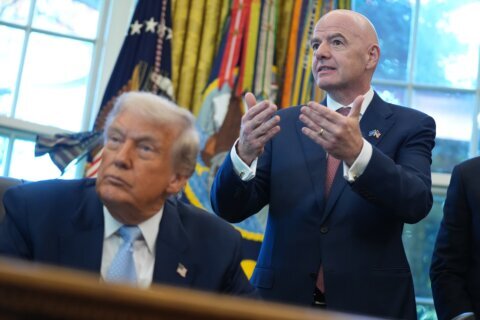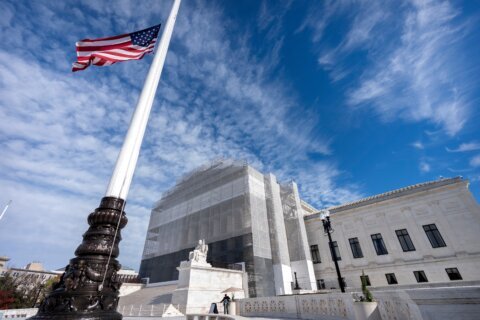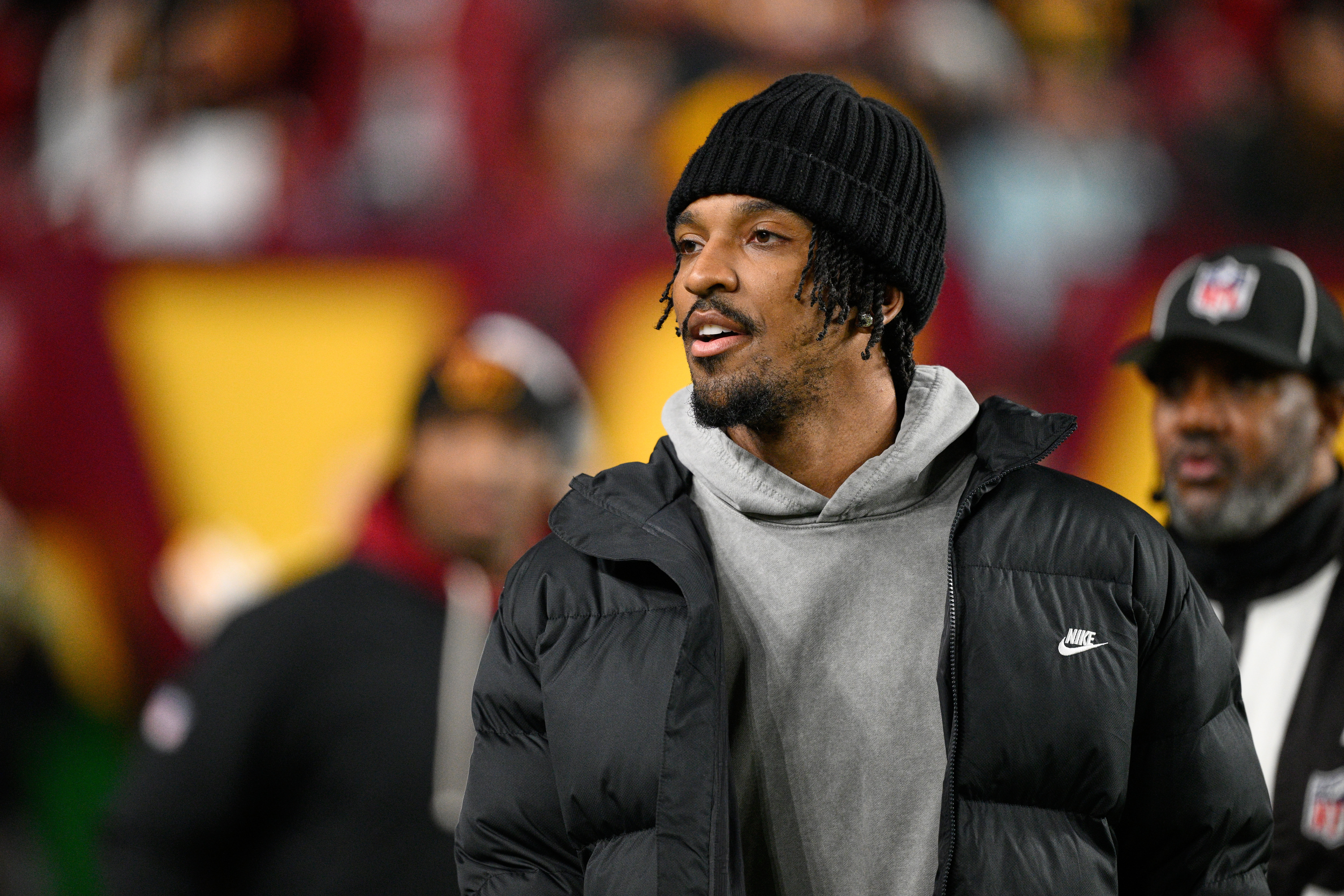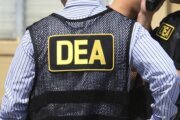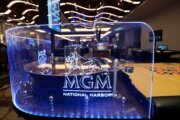WASHINGTON – Exactly 50 years ago, if you turned on the radio in Washington, D.C. – or anywhere in the country – chances were good the song blaring from the speaker was the tune responsible for launching Beatlemania in the United States.
“I Want to Hold Your Hand” was released the day after Christmas, 1963,” says Larry Kane, the only American journalist to travel to every stop of the 1964 and 1965 Beatles’ North American tours in the official press party.
Yet, Washington had received a sneak listen just over a week earlier, when Carroll James of WWDC played “I Want to Hold Your Hand” Dec. 17, 1963, a week after receiving a request from a young fan, Marsha Albert, of Silver Spring, Md.
James secured a UK version of the song, and invited Albert to the studio to introduce the song for its initial spin.
“Capitol had wanted to wait till the Beatles’ arrival in February to release their music in the States,” writes Kane, in his new book “When they were boys: The true story of the Beatles’ rise to the top.”
Kane said the record company had to hurry-up its release to meet demand, as it orchestrated the excitement for the Beatles’ planned arrival.
“It was all part of the master plan called ‘The Snowball Effect,’ concocted by Capitol Records as the single most important strategy to set the stage for the Beatles’ invasion” says Kane.
“Video was released to the Walter Cronkite show,” says Kane, about the footage incorporated into the television report that Marsha Albert had seen, prompting her contacting James of WWDC.
Capitol Records had carefully crafted publicity to spur interest in the band, by then consisting of John Lennon, Paul McCartney, George Harrison and Ringo Starr.
“There were late night discussions about the Beatles. The truth is only three or four-hundred kids (on average, per show) ever saw them in concert in England, except for the Queen’s Concert, but this snowball effect created this imagery of them being chased by thousands and thousands,” says Kane.
Kane, who also authored “Ticket to ride: Inside the Beatles’ 1964 tour that changed the world,” was initially a reluctant witness to history.
Kane was the news director at a Miami radio station when he wrote a letter to the Beatles, asking for an interview.
“All of a sudden I was invited on the tour. I couldn’t believe it. I went to my bosses, and told them to send a DJ (instead),” recalls Kane, “but they insisted I go.”
“I said to them, ‘This group will be here in September and gone in November – you and I both know that,'” Kane says, joking at his then-lack of news judgment.
After gaining the band’s trust as part of the traveling entourage, Kane was granted rare access to the Beatles on the road, detailing their groundbreaking journey to America.
Earlier, in 1963, American radio stations largely ignored Beatles music, but that changed by New Years Day, 1964.
“‘I Want to Hold Your Hand’ was released on almost every radio station in America, and played for two weeks,” says Kane.
“It started an avalanche of their music,” says Kane, who later spent decades as a Philadelphia television news anchor.
Beatlemania quickly intensified, with the band’s first performance on The Ed Sullivan Show, Feb. 9, 1964, and the first U.S. concert Feb. 11, at the Washington Coliseum.
By April 4, 1964, the Beatles made history as the only band to monopolize the top five positions in Billboard’s Hot 100.
Follow @WTOP on Twitter.

